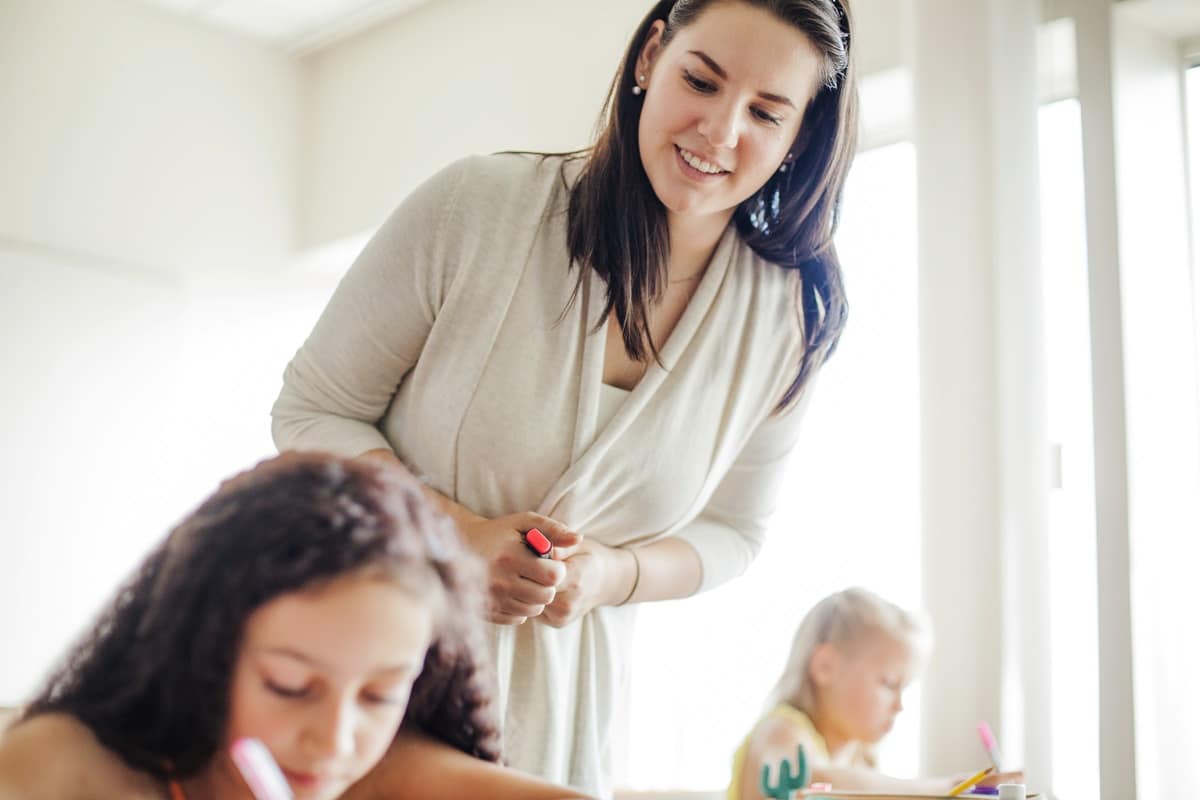The LOMLOE education law includes different regulations that are responsible for establishing the organization and minimum teachings of each of the stages of education at the state level. In the case of Primary Education, this regulation corresponds to Royal Decree 157/2022, of March 1, which brings with it important changes that will help students develop the following skills: Learning to be. It allows students to develop comprehensively by promoting their self-esteem, capacity for effort and reinforcement of their values. Learning to do. Thanks to basic skills, students will know how to behave socially, communicate appropriately, work in a team, solve conflicts and take initiative. Learning to live together. It involves becoming aware of the similarities and interdependence between human beings, using the democratic values of our society as a starting point. Learning to know. It means mastering the instruments of knowledge, organizing the strategies necessary to acquire knowledge and expanding those that already exist.
How the key concepts of the LOMLOE are applied in Primary School
During this educational stage, the key concepts (some of which were already known) that this teaching law explores in depth are addressed as follows:
Key competencies
In order to achieve the capabilities described above, it is essential to develop a set of key competencies. These not only facilitate the comprehensive development of students but also ensure that they are prepared to face future challenges such as employability, social integration or a sustainable and healthy lifestyle. In addition to the competencies that already existed (linguistic communication, multilingual mathematics and science, technology and engineering, digital, personal, social and learning to learn, citizenship and entrepreneurial competence), the LOMLOE introduces one more: the competence in cultural awareness and expression.
Output profile
In this context, the exit profile plays a fundamental role. It not only guides curricular decisions but also establishes the level of competence that we hope students will reach at the end of Primary Education. Transversality is essential to achieve this because all learning contributes to the acquisition of key competences and, in addition, it is necessary to analyse the operational descriptors.
Operational descriptors
To achieve the exit profile and key competencies, it is necessary to sequence the process. Thus, the operational descriptors detail what the students have achieved in each competency at the end of Primary School. This profile is integrative and not specific to any area.
Specific skills
They are closely related to each area of knowledge and refer to the performance that students can demonstrate in activities that require mastery of the basic knowledge of each area. The connection between specific competencies and operational descriptors is essential to assess progress and level of competence in relation to the established output profile.
Basic knowledge
These are the knowledge, skills and attitudes that constitute the specific contents of an area and whose learning is necessary for the acquisition of specific competencies.
Learning situations
It refers to the activities and tasks that involve the deployment, by the students, of the actions associated with the key and specific competences. Its most important characteristics are the following: the development of competences, flexibility, accessibility, its different types of groupings and resources, its response to the challenges of the 21st century, and finally, that it has defined objectives to achieve.
Evaluation criteria
They are not a novelty in themselves, but they have gained prominence since the assessment standards have been eliminated. In this sense, many teachers find it difficult to put them into practice. Why? Firstly, because the relationship between the assessment criteria and the specific competences must be studied. In addition, it is necessary to provide each criterion with an assessment instrument (exposition, a mural…) and assign it a percentage of the level (final grade). Finally, these results must be converted into a qualitative rating by means of a previously prepared scale.

